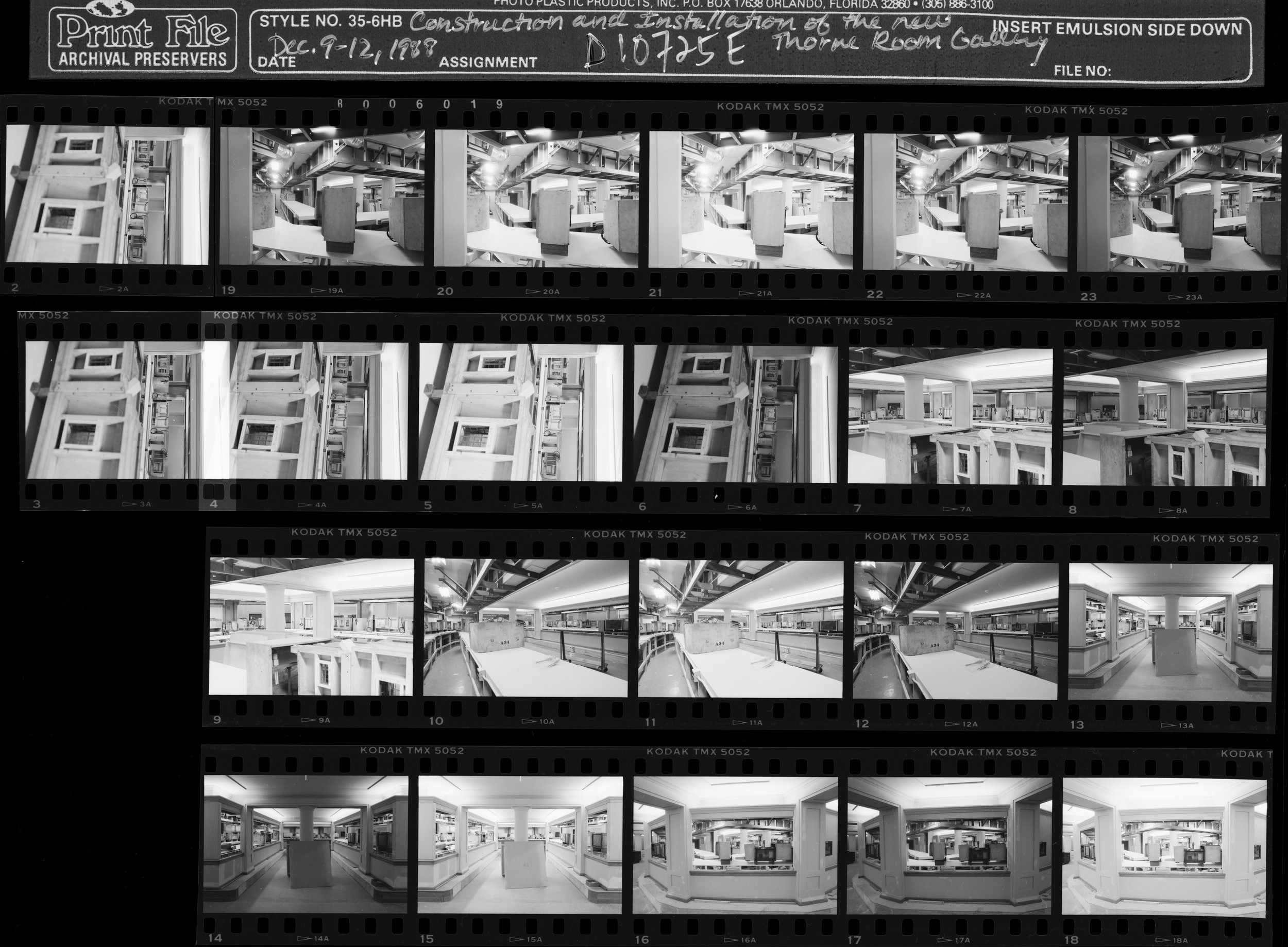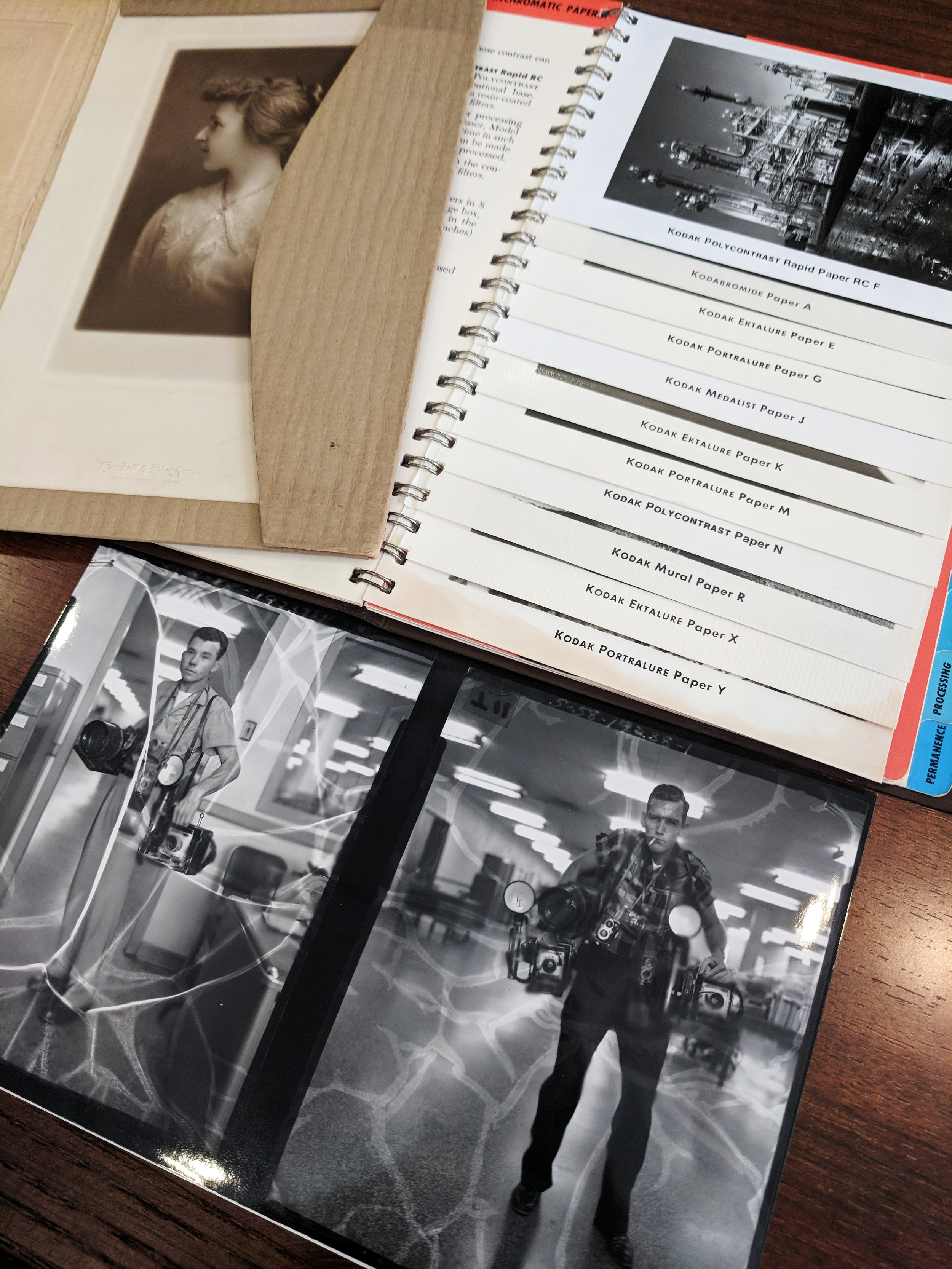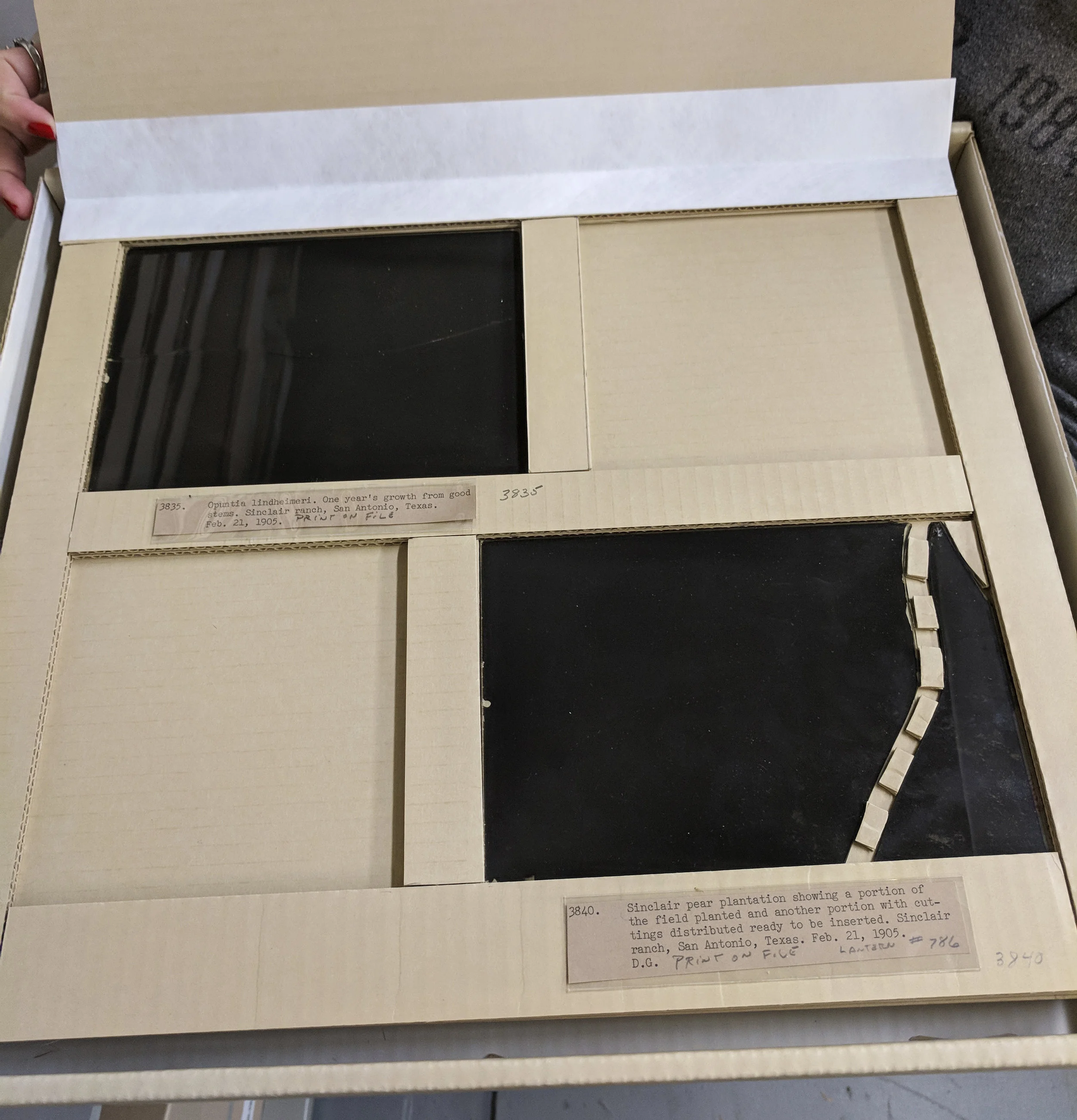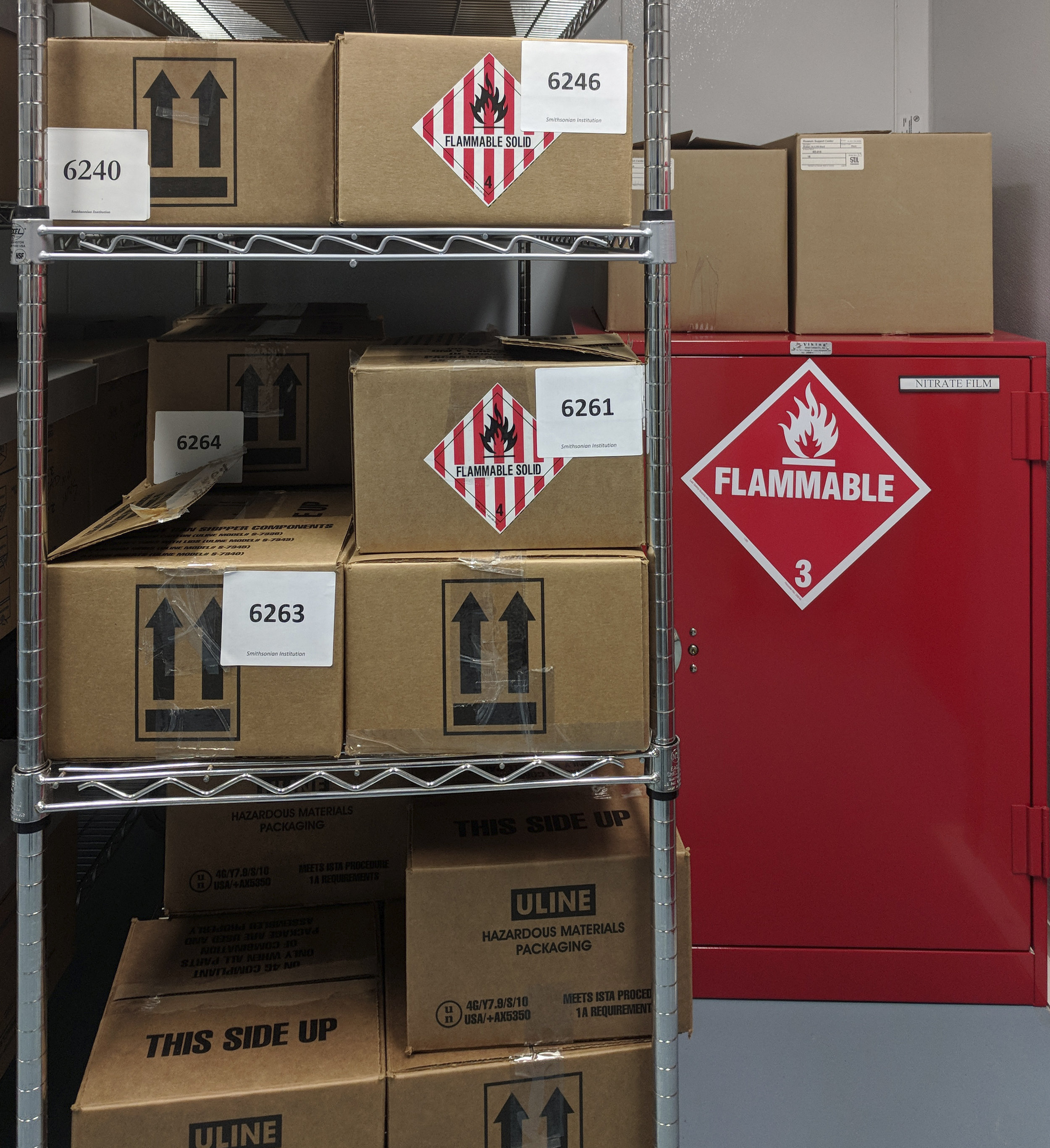The two most recent sessions of MASS Action covered exhibitions and collections, and the ways in which museums can reconceive authority and ownership to create inclusion. While I don’t currently work in these roles, theses are the issues I am most familiar with and am most likely to be facing in the future. As such, I was eager to gain additional perspectives from peers here at the museum.
Chapter 6 in the toolkit is titled ‘Sharing Authority: Exhibition Case Studies,’ and it covers two exhibitions developed by the Oakland Museum of California. Somewhat different in formatting than the previous chapters, this reading focused specifically on Pacific Worlds and Oakland I want you to know… as a way of discussing broader topics about working with individuals outside museums. Helpfully, definitions were provided upfront about the spectrum of ways in which folks can work together:
Contribution: Visitors and community members “contribute” by advising, loaning something, writing a response, attending a single meeting/convening or answering interview questions. The internal team conceives of and drives the vision and goals for the project. Community voice may or may not be incorporated.
Collaboration: Community members and museum staff work together as a team, to develop ideas and share some decision-making. Community voice is visible in key moments of the project/exhibition.
Co-creation: Community members or artists are part of the key decision making. This could be creative direction, designing elements for the project/exhibition, creating an artwork, adding interpretation, producing a media experience, or designing a whole section—determining the “how” an exhibit experience is implemented. Co-creators play a role throughout the whole project/exhibition. Community voice is a key piece of the narrative and is visible throughout the whole project/exhibition (Lashaw & Orantes, 2017, pp. 106-107).
Each exhibition description included the ways in which aspects of the project demonstrated contribution, collaboration, and co-creation, and it highlighted both successes and ways in which there was room for improvement. I appreciated how much detail was provided about the steps that were taken to include the communities being represented - from forming project task forces to commissioning work. It’s much more clear the ramifications of this work when broader concepts are backed with concrete examples. The feedback gathered from the contributing communities also provided useful ways to evaluate the work, and it demonstrated the need for constant improvement. I found it encouraging to see how other institutions are working through this, learning as they go, and are embracing it in spite of the traditional model of curator and museum professional as expert. Examples offer us guidance and can help to show the field as a whole that there are alternatives.
Our session to cover this chapter began with a partner exercise, where we were working together to draw our ideal potluck. The facilitators requested we use methodology inspired by Pair Programming, wherein one individual verbally describes and the other expresses that via keyboard - or in this case marker and paper - execution. It was a challenging and interesting exercise for many reasons, and it was interesting to see how fluidly and comfortably my partner and I (seemed) to alternate between roles. I wonder if the stakes were higher if this might be more of a struggle to find balance between co-creation.
We then worked in groups to reflect on our networks, and how we might categorize them: contribution, collaboration, co-creation. Our group ended up interpreting the prompt to mean relationships we had within the museum. I ended up realizing how hard it was to determine the departments and staff we aligned with most closely in our department, as we are fielding requests across the institution on a daily basis. In the end, I settled on Publications, all curatorial departments, and Information Services as the most closely affiliated. I also recognized that some of the conflicts, misunderstandings, and misaligned expectations may result from the fact that we aren’t as intentional as we could be about how we define our roles and relationship. Many of the challenges we face result, in part, from an unclear and shifting power dynamic.
The stated goal of the session was to see both the small and big ways in which we can individually and collectively share authority in our work, and see ways in which new collaborations might unlock potential. I had never stopped to consider how much power influences day-to-day work with those outside our department, which makes it all the more clear that we need to be conscious and intentional with our relationships here and beyond the museum. In order to share authority, we need to understand the ways in which we are already exercising it.
Chapter 7 in the toolkit is titled ‘Collections: How We Hold the Stuff We Hold in Trust,’ and it covers the ways in which museums are founded in imperialist, colonialist, and racist collecting practices. After all, much of what encyclopedic museums “own” was likely stolen from those who originally created the items. This has happened in all the regions which western civilization has “conquered” - from the Americas to Africa and Asia. While collecting institutions today infrequently acknowledge this fact, it is important to note that silence makes LAMs complicit in these actions. Facing this reality, however difficult and open-ended it may be, would be one important step to reconciling the problematic history of our collections.
The chapter provided helpful ways of using collections data - when, where, how, and why these materials came to be at the museum - to visualize broader historical events. Some of these tools to conduct a power audit include Power Map, DataMaps, and census records. This helps to provide context in which we can place these items, and it helps show that there is a meta-story about acquisition behind those more sanitized stories we tell about the objects. This is provenance.
The reading also provided a definition of consent, based of the work RAINN has done: consent is grounded in communication, and it always needs to happen. What does this mean for museums? We must reach out to the communities represented in our collections, and we need to create dialogue to understand how they would change things. The chapter notes several times that communities should not be expected to be monolithic in their opinions, and that this is another challenge with which museums will need to grapple.
Components of collections management, care, and display that were addressed in the reading include ideas about access (who gets to see objects and why?) care and preservation, and acquisition and representation. Making sure that cultures are not being appropriated via interpretation, that the intent of the object is reflected in how it is accessed and displayed, and that communities can repatriate what is rightfully theirs are crucial aspects of this work. The chapter underscored the need for thoughtfulness when approaching any of these activities, and to giving voice to suppressed histories. As with the previous session, shared authority is an important component of all of this. As a field of professionals, we need to learn to ask more questions, listen to the responses, put into practice solutions which work for all parties, and accept feedback - both good and bad.
The session covering this chapter started with a partner exercise where we discussed collecting in our personal lives: what we previously collect, what we collect now, and what our family histories are with collecting. We struggled with what a “true” collection is, and what the overlap is between these items and more utilitarian objects. We also uncovered how our histories connect collecting with capitalistic and consumerist tendencies. Thinking about how this relates to collections in museums, there are definite ties in untangling what an object was intended for vs. how it is displayed and interpreted and the insatiable drive for most museums to acquire additional collections.
We then formed groups to discuss questions which came up as we were reading the chapter. As always, it was refreshing to gain a variety of perspectives, which were informed in part by our diverse roles in the museum. I discussed the lack of transparency about the work of bringing our institutional history to light - how often do staff research murky provenance, how and when is that information published, when will this information be reflected in interpretive text in the galleries? I want to see a task force, or perhaps a forum where this work can be discussed openly and honestly.
Our group also talked about how pride in the founding donors (primarily white, wealthy men) and their donated collections (which often have problematic histories) are still a prominent talking point when it comes to institutional history. Priorities and new acquisitions were topics also included in the discussion. In order to do the work of connecting with communities to be more inclusive in collections practices, it needs to be a priority and resources needed to be reallocated as such. Acquisitions play an important role in this, as they monopolize funding and staff time which might be better used elsewhere. This is especially true when it comes to providing access to materials which are rarely if ever put on display, and for which there is no real infrastructure in place to facilitate in-person access.
One question posed by another group was if the notion of collecting museums even has a place in today’s world. If nothing else, our work should become much more self-aware, and we should share authority and power. We need to more publicly acknowledge what we are as institutions, and the practices that have been in play, so that we can move forward in being more representative of and for all communities.
Lashaw, C. & Orantes, E. (2017) Sharing authority: Creating content and experiences. MASS Action Toolkit. Retrieved from https://static1.squarespace.com/static/58fa685dff7c50f78be5f2b2/t/59dcdd27e5dd5b5a1b51d9d8/1507646780650/TOOLKIT_10_2017.pdf
Bivens, J., Garcia, B., Moore, P., trivedi, n., Wittman, A. (2017) Collections: How we hold the stuff we hold in trust. MASS Action Toolkit. Retrieved from https://static1.squarespace.com/static/58fa685dff7c50f78be5f2b2/t/59dcdd27e5dd5b5a1b51d9d8/1507646780650/TOOLKIT_10_2017.pdf
















